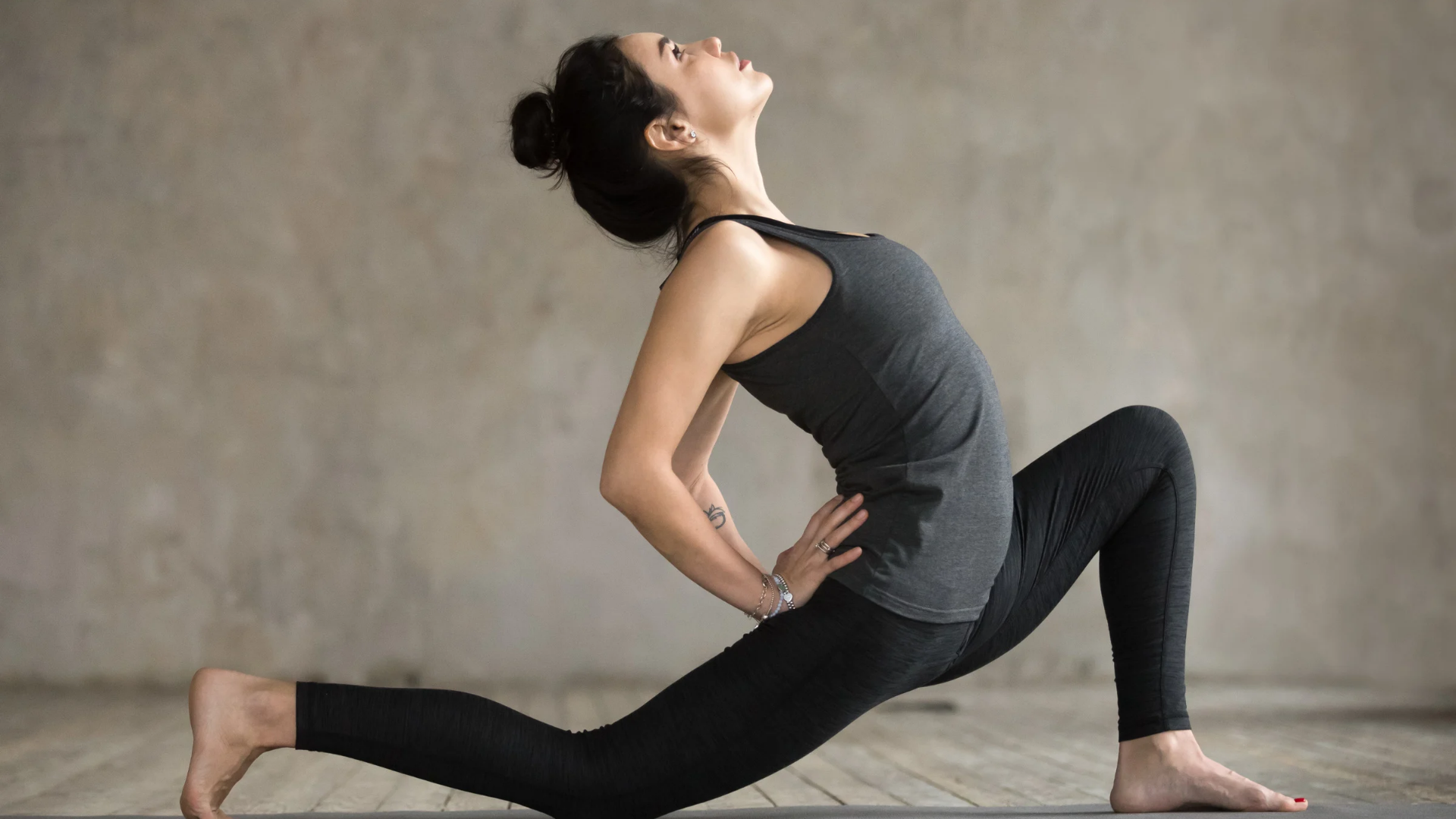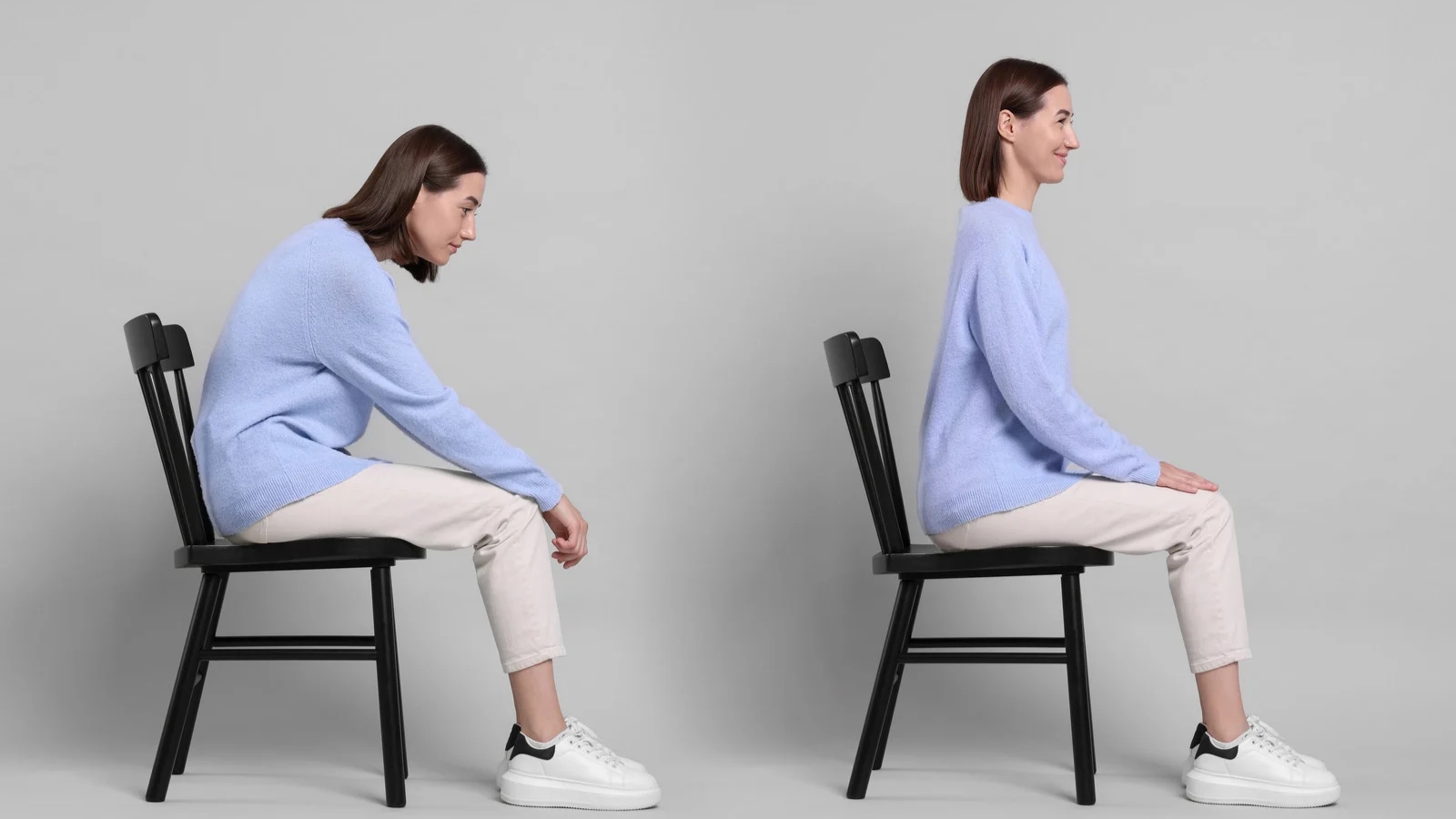Hip pain can affect your ability to walk, sit comfortably, and enjoy daily activities. It often stems from joint stiffness, inflammation, overuse, or muscle tension. While pain medication can offer temporary relief, natural remedies work to address the root causes and improve long-term mobility. With the right combination of movement, nutrition, and self-care, you can ease discomfort and support stronger, more flexible hips.
These ten natural remedies focus on reducing inflammation, improving circulation, and promoting healing without relying on medication. Each one is easy to incorporate into your lifestyle and can make a noticeable difference in how your hips feel and move every day.
1. Stretch Regularly
Tight muscles around the hips are one of the most common causes of discomfort. Regular stretching keeps these muscles loose, improves flexibility, and prevents strain on the joints.
Effective hip stretches include:
- Kneeling hip flexor stretch to release tightness in the front of the hips.
- Seated figure four stretches to loosen the glutes and outer hips.
- Butterflies stretch to open up the groin and inner thighs.
- Pigeon pose to relax deep hip rotators and improve circulation.
Hold each stretch for 20 to 30 seconds and repeat two or three times per side. Consistent stretching restores mobility, reduces stiffness, and relieves pressure on the hip joint.
2. Apply Heat Therapy
Heat therapy improves blood flow, relaxes tight muscles, and soothes joint pain. It’s beneficial if your hip pain is caused by muscle strain or tension.
You can use:
- A heating pad or warm towel on the affected area.
- A warm bath with Epsom salt to relax muscles.
- A hot water bottle for targeted relief.
Apply heat for 15 to 20 minutes at a time, once or twice a day. The warmth helps loosen muscles, making it easier to move and stretch afterward. For chronic tension, consistent heat therapy can ease pain and promote recovery.
3. Try Cold Compresses
If your hip pain is linked to inflammation or a recent injury, cold therapy can help. Ice reduces swelling, numbs pain, and slows down inflammation in the affected tissues.
To use a cold compress:
- Wrap ice cubes or a cold pack in a thin towel.
- Apply it to your hip for 10 to 15 minutes.
- Repeat several times a day as needed.
Avoid applying ice directly to the skin. Alternating between hot and cold treatments can be especially effective; use heat to relax muscles and cold to calm inflammation.
4. Massage The Hips And Surrounding Muscles
Massage is one of the most effective natural ways to relieve hip pain. It increases circulation, reduces muscle tension, and supports healing in soft tissues.
You can use your hands, a massage ball, or a foam roller to target sore areas. Focus on:
- The glutes and outer hips.
- The hip flexors at the front of your thighs.
- The lower back and upper thigh muscles.
Spend at least five to ten minutes gently massaging these areas. Use light pressure and increase gradually as your muscles relax. You can also apply natural oils like coconut or olive oil to make the movement smoother.
Regular self-massage helps reduce tightness, improve flexibility, and prevent recurring pain.
5. Strengthen Supporting Muscles
Weak hip and core muscles can increase strain on your joints. Strengthening these areas helps stabilize the hips, improve posture, and reduce pain during daily activities.
Simple exercises include:
- Bridges: Lie on your back with knees bent, lift your hips, and hold for five seconds.
- Clamshells: Lie on your side, bend your knees, and open and close your legs like a clamshell.
- Side leg raises: Strengthen the outer thighs and glutes.
- Planks: Engage your core and support hip alignment.
Do these exercises three to four times per week to build stability. Over time, stronger muscles around the hips help absorb impact and relieve pressure on the joints.
6. Maintain A Healthy Weight
Carrying extra weight increases the stress placed on your hip joints. Even a slight reduction in body weight can significantly ease pain and improve mobility.
To support a healthy weight:
- Eat balanced meals with plenty of vegetables, lean proteins, and healthy fats.
- Limit processed foods and added sugars.
- Stay active with low-impact exercises like walking, swimming, or cycling.
By maintaining a healthy weight, you reduce joint strain and inflammation, allowing your hips to move more freely and comfortably.
7. Improve Your Posture
Poor posture puts uneven pressure on your hips and lower back, leading to pain and tightness. Correcting your posture helps distribute weight evenly and reduce muscle tension.
To improve posture:
- Sit upright with both feet flat on the floor.
- Avoid crossing your legs for long periods.
- When standing, keep your weight balanced on both feet.
- Use a chair with proper lumbar support if you sit often.
Practicing mindfulness about posture throughout the day can prevent hip pain from developing or worsening.
8. Use Epsom Salt Baths
Epsom salt baths provide natural relief for sore muscles and inflamed joints. The magnesium in Epsom salt is absorbed through the skin and helps relax the muscles around your hips.
To prepare a bath:
- Fill a tub with warm water.
- Add one to two cups of Epsom salt.
- Soak for 15 to 20 minutes.
This simple remedy eases tension, improves circulation, and reduces soreness. Taking a warm bath before bed also promotes better relaxation and sleep, which aids recovery.
9. Incorporate Anti-Inflammatory Foods
What you eat can directly affect how your joints feel. Anti-inflammatory foods help reduce swelling, stiffness, and pain in the hips and other joints.
Include foods such as:
- Fatty fish like salmon and sardines
- Olive oil
- Leafy greens such as spinach and kale
- Berries
- Nuts and seeds
- Avocados
Avoid foods that increase inflammation, such as refined sugars, trans fats, and processed snacks. A diet rich in whole, nutrient-dense foods supports joint health and promotes long-term pain relief.
10. Stay Active With Low-Impact Movement
Staying active keeps your joints lubricated and prevents stiffness. Low-impact exercises strengthen muscles without putting too much stress on your hips.
Good options include:
- Walking
- Swimming
- Yoga
- Cycling
- Water aerobics
Move at a comfortable pace and listen to your body. Regular, gentle activity improves circulation and flexibility, helping you manage hip pain naturally. Avoid complete rest for long periods, as inactivity can increase stiffness and prolong recovery.
How These Remedies Work Together
These natural remedies complement each other by addressing different aspects of hip pain. Stretching and strengthening improve flexibility and stability, while heat and cold therapy target immediate discomfort. Massage and Epsom salt baths support relaxation, and healthy eating reduces inflammation from within.
Combining several of these remedies creates a well-rounded approach to hip pain relief. Consistency is key; incorporate them into your daily routine for lasting results.
Simple Daily Routine For Hip Pain Relief
Here’s an easy routine to follow for managing hip pain naturally:
- Morning: Perform light stretches such as the butterfly or hip flexor stretch.
- Midday: Take a short walk or do low-impact movement to keep your joints active.
- Afternoon: Apply heat for 15 minutes if you feel stiffness.
- Evening: Take an Epsom salt bath followed by gentle self-massage.
- Throughout the day: Focus on posture and hydration.
Following this routine can help reduce daily discomfort and prevent hip pain from returning.
Conclusion
Hip pain doesn’t always require medication or medical procedures. With consistent care and attention, natural remedies like stretching, massage, and balanced nutrition can make a big difference. They not only relieve existing pain but also strengthen the muscles and joints that support your hips.
By staying active, eating well, and using these remedies regularly, you can improve mobility, reduce inflammation, and regain comfort in your daily life. A few small changes each day can lead to long-term relief and healthier hips.



